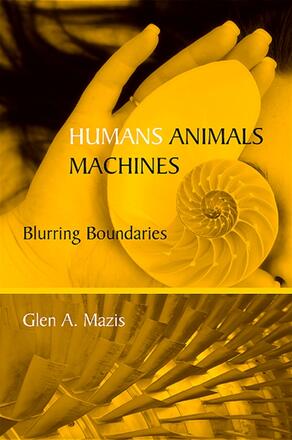
Humans, Animals, Machines
Blurring Boundaries
Alternative formats available from:
Examines the overlap and blurring of boundaries among humans, animals, and machines.
Description
In the twenty-first century, the boundaries between both humans and machines and humans and animals are hotly contested and debated. In Humans, Animals, Machines, Glen A. Mazis examines the increasingly blurring boundaries among the three and argues that despite their violating collisions, there are ways for the three realms to work together for mutual thriving. Examining Merleau-Ponty, Heidegger, and Haraway; artificial intelligence that includes "MIT Embodied AI"; newer holistic brain research; animal studies; the attachment theory of psychologist Daniel Siegel; literary examples; aesthetic theory; technology research; contemporary theology; physics; poetry; machine art; Taoism; and firsthand accounts of cyborg experience, the book reconsiders and dares to propose a new type of ethics and ecospirituality that would do justice to the overlapping relationships among humans, animals, and machines.
Glen A. Mazis is Professor of Philosophy and Humanities at Penn State at Harrisburg and the author of Earthbodies: Rediscovering Our Planetary Senses, also published by SUNY Press.
Reviews
"…[Mazis] discusses and combines insights from a remarkably wide range of sources such as Buddhist philosophy, cognitive science, ethology, theoretical biology, and more recent AI research. " — Phenomenology and the Cognitive Sciences
"…what most sets Mazis' work apart from the majority of thought on the shared and distinct capacities of humans, non-human animals, and machines … is his intense interest in the present and potential future of these capacities as opposed to their transhistorical or traditional forms. " — JAC
"This is a book of powerful ideas … it does provoke. That, perhaps, is ultimately its strength. " — Metapsychology
"…this book manages to relate a wealth of initially disparate-seeming material in a thought-provoking way. " — CHOICE
"One of the great virtues of this book is its ability to draw upon different domains—philosophy, artificial intelligence, ethology, psychology, anthropology, and art—and to do so in a rigorous and creative manner. " — Edward S. Casey, author of The World at a Glance